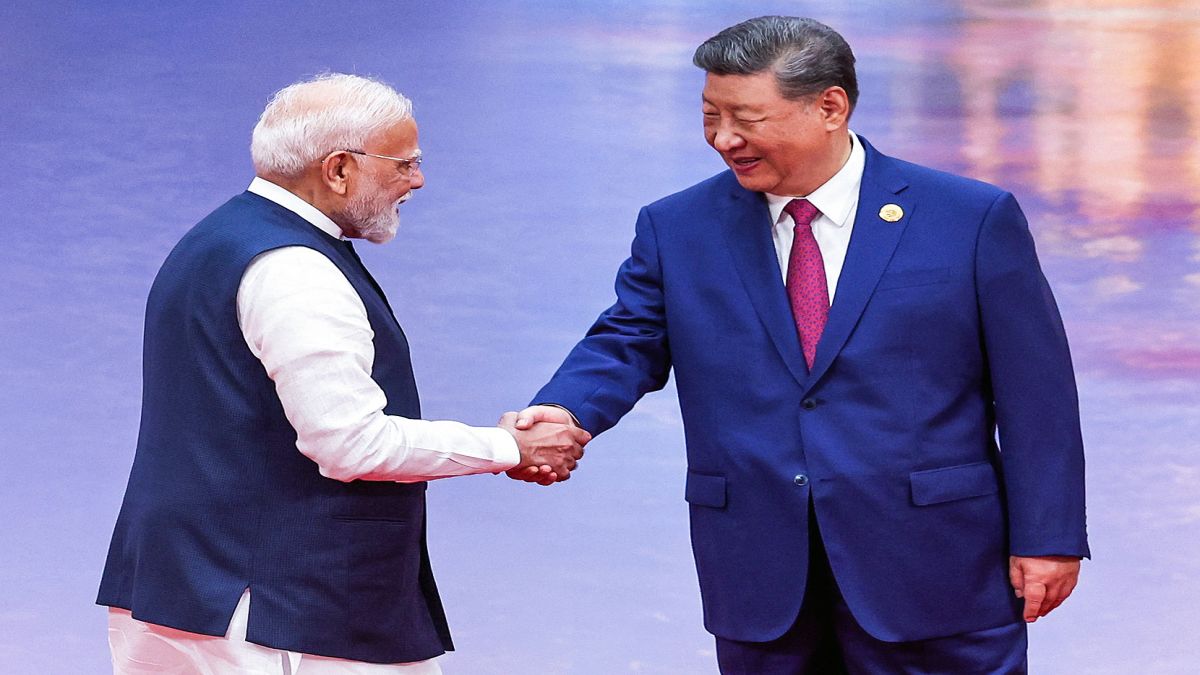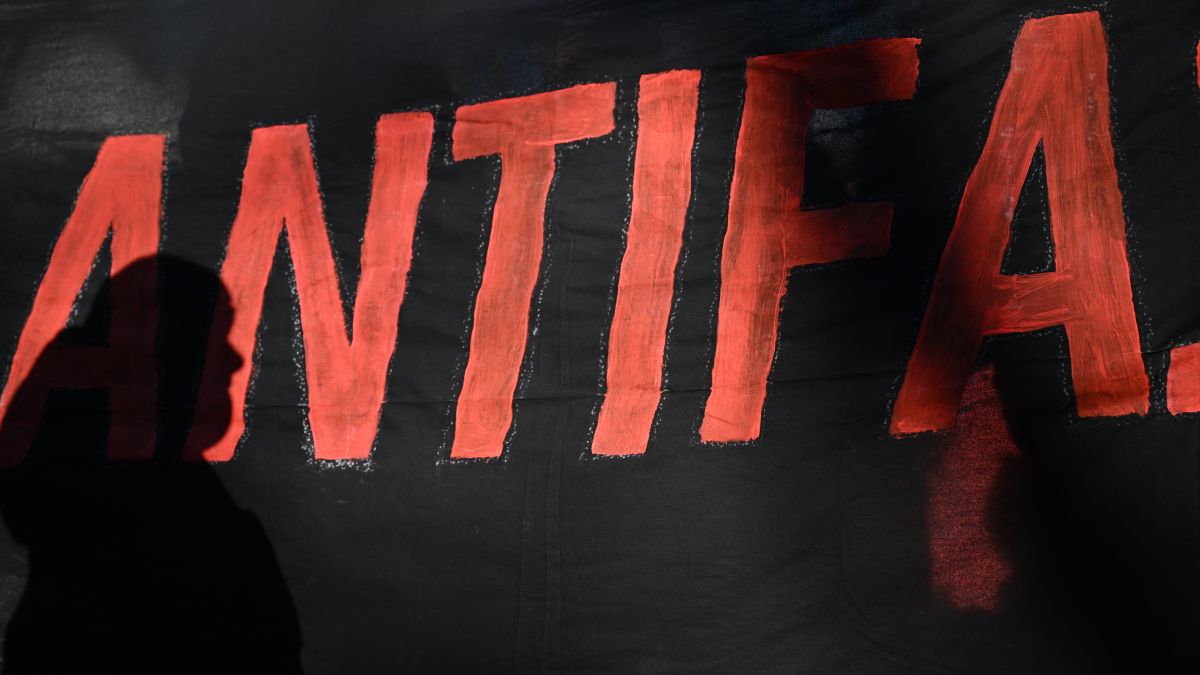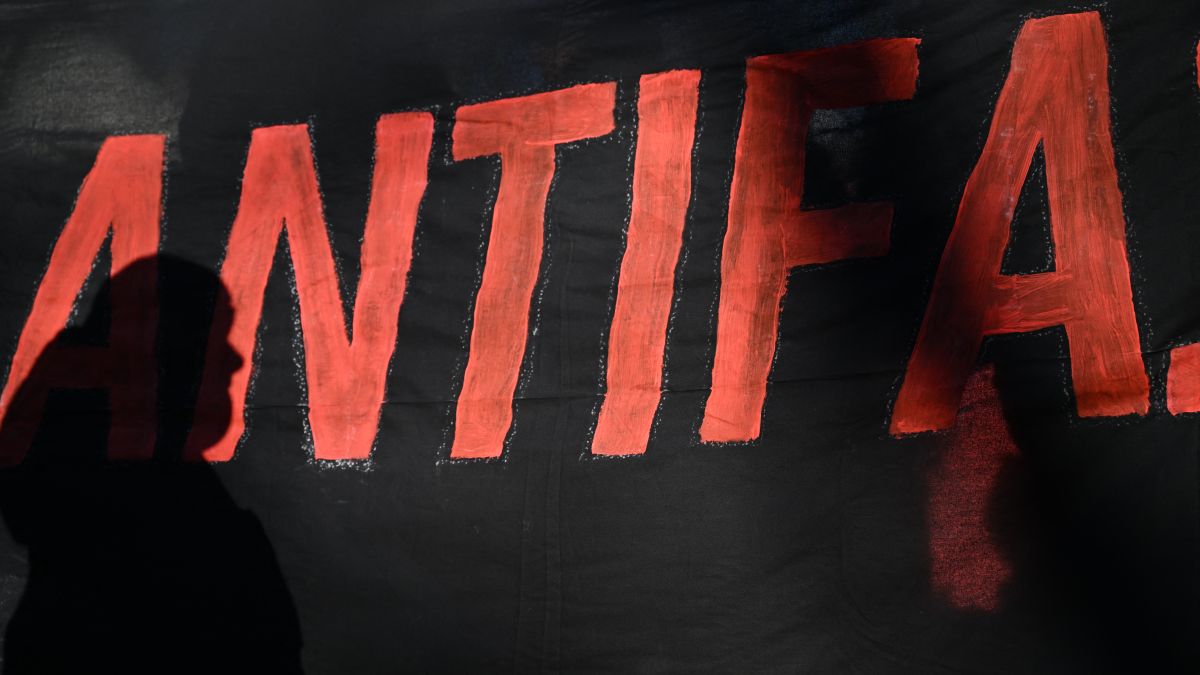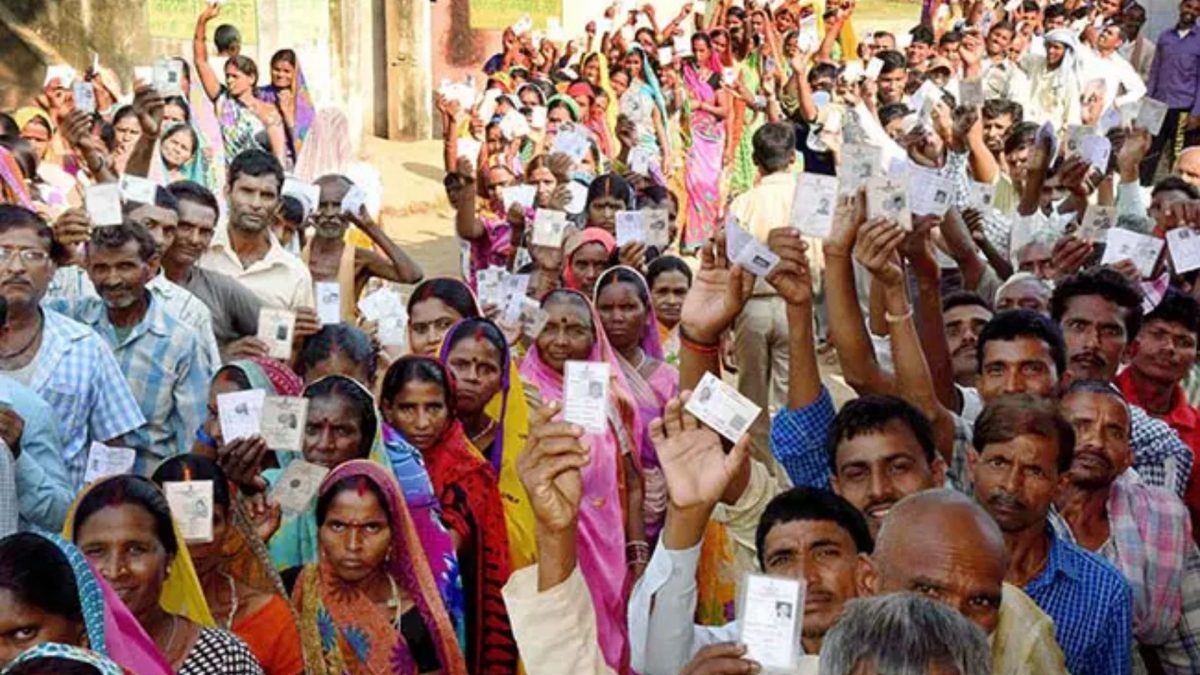Things are seen to be normalising between the two Asian giants, marked by the resumption of direct flights between India and China as well as diplomatic exchanges getting more friendly than usual. In August, Prime Minister Narendra Modi visited China for the first time after seven years for the Shanghai Cooperation Organization (SCO) summit, where he met President Xi Jinping on the sidelines.
This “Tianjin moment” has been talked about globally, as India, China and Russia shared a unique diplomatic moment in the backdrop of a period of turbulence in the India-US relations under the Trump administration, where India-US seems to have been having a difficult time considering Trump’s erratic overtures.
Earlier that month, Chinese Foreign Minister Wang Yi had visited India and discussed the question of de-escalation and boundary delimitation between the two countries, signalling both sides’ larger intent to stabilise one of Asia’s most strained bilateral relationships in recent years. These developments are positive in nature; however, the underlying mistrust and complexity in the border situation raise a fundamental question—is it enough? Are these gestures substantial enough to truly reset the ties between India and China?
Structural Issues
Given the apparent positive trajectory in the high-level bilateral exchanges between the two countries in the past couple of months, the larger strategic community in New Delhi seems to have an opinion that China-India relations are heading towards rapprochement. This is consistent with PM Modi’s remark that differences with China are “as natural as in a family”.
However, there are some structural inconsistencies between the two countries, which are not merely superficial and require re-examination of mutual expectations.
The primary concern between the two countries, quite inevitably, is the boundary question. While the phase of de-escalation of the armed forces can be done, the next step of delimitation is highly complex. The persistent Chinese claims on northeast Indian territories like Arunachal Pradesh serve as a definite challenge.
Quick Reads
View AllEarlier this year, China’s Ministry of Civil Affairs had released multiple lists of new names for locations within Arunachal Pradesh, asserting its territorial claims over the state.
For India, such provocations remain highly unacceptable and non-negotiable. The Indian response to these changes was simply that renaming of places will not change the reality. But it shows the underlying Chinese trend of trying to redefine borders through cartographic warfare and narrative building.
Quite interestingly, this narrative construction could also be noted through Chinese state media covering the 23rd border representatives meeting details, in a somewhat ‘different manner’ from what was presented on the Indian Ministry of External Affairs website.
Claims like mutual agreement of the return of the 1988-era dynamics and consensus on a mutually acceptable “package solution” to the border issue under the 2005 Agreement were not present in the MEA statements. But these assertions published by the Chinese media reveal Beijing’s larger tendency to shape perception with its own strategic narrative.
In August 2025, India hosted the 24th round of Special Representative talks with China. The talks were chaired by Special Representative of China Wang Yi and Special Representative of India Ajit Doval.
The Ministry of Foreign Affairs of China reported that ten points of consensus were reached by both parties, including setting up an expert group under the Working Mechanism for Consultation and Coordination (WMCC) framework to explore ‘early harvest’ of boundary delimitation on the appropriate sectors. And the creation of general-level mechanisms in the eastern and middle sectors in addition to the existing western sectors.
Plans were also announced for the 26th round of SR talks to happen in China in 2026. However, both sides continue to maintain more than 50,000 troops on each side, making it a highly militarised frontier.
In addition to this, China’s regional behaviour remains the continuous source of mistrust. While the perception of China in larger Asia is to detest any form of multipolarity, it champions multipolarity at the global level.
The news of China expanding its airbase close to Tawang in Arunachal highlights a pattern of behaviour which remains problematic and will necessarily create situations of further distrust between the two countries. Thus, the question of rapprochement has nothing to do with “friendship” but strategic convergence amidst persistent mutual distrust.
China-Pakistan Axis
While high-level diplomatic exchanges suggest normalisation, in the strategic community in China, India is still looked at with suspicion and vice versa. Chinese analysts, for instance, have recently framed Pakistan’s ongoing confrontation with Afghanistan as an outcome of an Indian conspiracy.
This was simply to equate India’s Taliban outreach as directly linked to the Taliban’s growing discontent with Pakistan. This analysis, while being premature, showcases the strategic attitude towards India in the Chinese scholarship.
As India grows, China will be watchful of its relationship with its neighbours as well as global players like the United States, Russia, the UK and even the European Union.
From this lens of competition and containment, China, in order to deter the idea of a multipolar Asia, leverages its partnerships with politically fragile states like Pakistan to extend its diplomatic outreach either militarily or through investments.
With Pakistan, the viability of the China-Pakistan Economic Corridor (CPEC) remains the determining concern for China to keep negotiating peace between Afghanistan and Pakistan and also find a common point in addressing the question of insurgent groups who are attacking CPEC facilities.
For India, CPEC is problematic for a lot of reasons. The most important one being its passage through disputed territories like Gilgit Baltistan, which directly infringes on India’s territorial integrity. New Delhi’s opposition to both CPEC and the larger Belt and Road Initiative (BRI) remains steadfast, viewing them as tools of Chinese expansionism.
And the way Chinese analysts have consistently pushed the blame towards India for any deterrence and obstacles faced in this project shows the growing discontent regarding India’s diplomatic presence as well.
Conclusion
While efforts to normalise the relationship between two Asian powers are positive news, the way the two countries look at normalcy is different. Beijing wants India to not react to border friction and make it the centre of the relationship. India deems the maintenance of peace and tranquillity in the border areas as critical grounds for respecting each other’s territorial integrity and peaceful coexistence.
As neither power can ignore the other, the rapprochement is natural. Many strategic analysts attribute this thaw to the Trump Effect; however, the talks of normalisation predate Donald Trump’s presidency and hence are premature in their merit.
While India remains cautious with respect to its engagement with Beijing as a partner, it needs to acknowledge that China is addressing a geopolitical gap left by the West’s absenteeism, be it in South Asia, Africa or the larger Asia Pacific.
Hence, it is important for India to diplomatically place itself more carefully and strategically in a neighbourhood which is getting intensely volatile with more political shifts, which the Chinese are notorious for taking advantage of.
India’s ability to anticipate and respond to these diplomatic manoeuvres will determine whether this is a beginning of a phase of normalisation or a temporary pause to a strategic rivalry.
(Upamanyu Basu is an Assistant Professor of Political Science in Manav Rachna International Institute of Research and Studies. The views expressed in the above piece are personal and solely those of the author. They do not necessarily reflect Firstpost’s views.)


)

)
)
)
)
)
)
)
)



